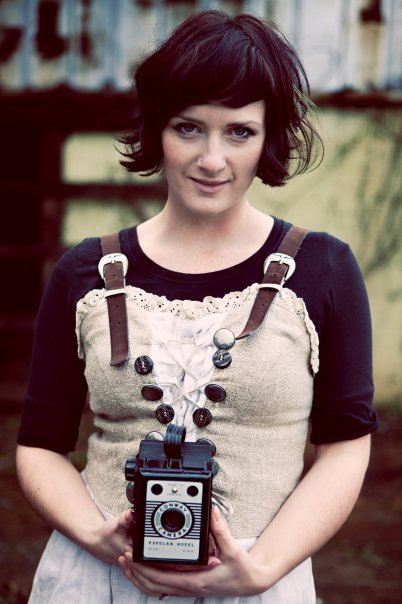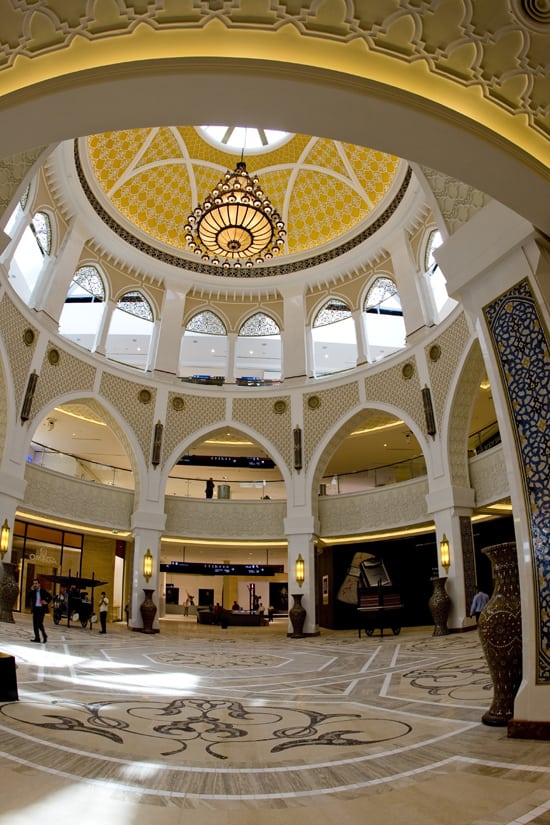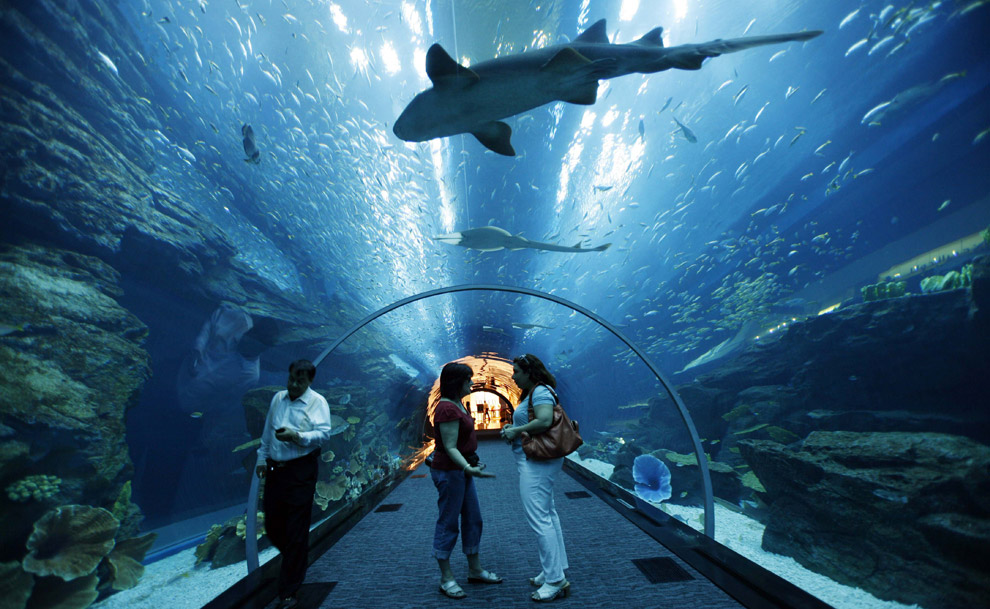I left the Golden Horn Hotel really early today, so I could spend some time taking pictures of Istanbul's pedestrian streets. İstiklal Avenue is located in the European side of the city of Beyoğlu, and is surrounded by numerous historical and government buildings, boutiques, coffee-shops, restaurants, libraries, bars, and night clubs. This crowded avenue houses some of the finest and most unique works of architecture.


(Istiklal Avenue)
After I finished taking pictures, I took the bus to the Taksim Square, where I was supposed to meet Adem for breakfast. I met him at Yorus Kale Café, where we were served a typical Turkish breakfast:

slices of cheese sprinkled with pepper and served with tomatoes, cucumbers, olives, and crusty, buttery bread rolls – pogaca. Not to forget some Turkish coffee.
During our breakfast, Adem told me that the headquarters of all the national newspapers and broadcasting companies were in either Istanbul or Ankara. Today around 2,000 newspapers circulate in Turkey. Adem was accepted as an intern at Feza Group that prints Islamic Zaman. “It is a very liberal daily that examines the controversial issues around the world,” - he said.
When I was watching the news (with English subtitles), Adem noticed that awhile ago most of the Turkish channels were illegal. This of course sounded odd to me, and I wanted to know more. He told me that the state founded the first broadcasting company in Turkey in 1964, and it monopolized both the Turkish Radio and Television Corporation up until 1993. After 1990, hundreds of illegal local TV and radio channels emerged. This naturally led to the amendment of the respective article of the Constitution, and the monopoly on TV and radio broadcasting was lifted. Today, there are 24 national, 16 regional and 215 local television stations – most of them have web editions, too.
After breakfast, we headed to the Golden Horn. This estuary is spanned by four bridges: the Haliç Bridge, the Eski Galata Bridge, the Atatürk Bridge, and the Galata Bridge.

We crossed the Galata Bridge and left the European side of Istanbul (Beyoğlu) behind. Then, we walked to Galata, which is located at the northern shore of the Golden Horn. This district is famous for its remnants of the medieval Genoese citadel of Galata. The greater part of this citadel’s walls were destroyed in the 19th century, and only some walls were spared by urbanization.
The Galata Tower is a stone structure that magnificently rises above the skyline of the Golden Horn since the mid-14th century. This 219 foot tall structure served as a fire lookout tower until the mid-20th century. Today, it holds a restaurant, a nightclub, and a panorama balcony on its upper floors. We paid 10 Turkish Liras to enter the tower (that's around 7 US dollars).

(The Galata Tower)

(Galata)
Hagia Sophia, an Orthodox patriarchal church in the Byzantine Empire converted to a mosque during the Ottoman Turks’ administration, was our next stop. Today, this beautiful architectural ensemble is a museum.


The east side of Hagia Sophia was very important for both Christians and Muslims. Christian churches normally face east, while Muslims pray, facing Mecca (or east of Istanbul). This is why the most impressive sights are assembled in the eastern nave of Hagia Sophia.
Most of this basilica’s interior is covered with marble and granite. The tall columns look massive, and weigh around 70 tons! The walls, decorated with gold mosaics and polychrome marbles, make the structure look bright and sunlit. In fact, light in Hagia Sophia reflects everywhere; this gives the effect of dome hovering above the nave.
After this awesome tour, we stopped at one of the nearby restaurants for lunch. Mediterranean shawarmas are delicious.

I also had sherbet, a traditional Turkish drink made out of rose hips, cherries, and roses – it's my favorite now!

On our way back, we stopped by one of the internet cafes. Feeling homesick, I was tempted to skype my best friend back in the U.S. Apparently, they are very popular here, equipped with the latest versions of hardware and software. I don't understand the Turkish computer system. So, I had to ask the nearest attendant how to convert the programs to English. While he was helping me, he informed me that the number of internet users in Turkey has increased to 16 million recently. Internet usage here may not be as high as it is in the U.S. or other European countries, but it is somewhat steady.

In the internet cafe, a group of highschoolers caught my eye. Crowded around one of the computers, they were cheering and clapping their hands. When I came closer, I realized that they were watching a football match. Football is the national sport of Turkey. You probably remember that in the 2002 World Cup Finals, the Turkish national team finished in third place. In 2008, their team reached the semi-finals of the UEFA Euro 2008 competition. Today, the national team is considered to be very successful and has a lot of fans among the Turkish people. Football is clearly one of the most popular and favorite sports here. Typically, many children grow up playing it.

I was planning on resting up for my trip to Tehran, but Adem talked me into going out with him and his friends. Istanbul is beautiful at night!

(The Bosphorus Bridge)

(Istiklal Avenue at night)
It is also famous for its nightlife. We ended up going to Sortie, a nightclub on İstiklal Avenue. It was a very interesting experience. Turkish nightclubs, like most other European nightclubs, play a lot of techno. I made a short video, the quality isn't great, but it will give an insight. Enjoy!


























































